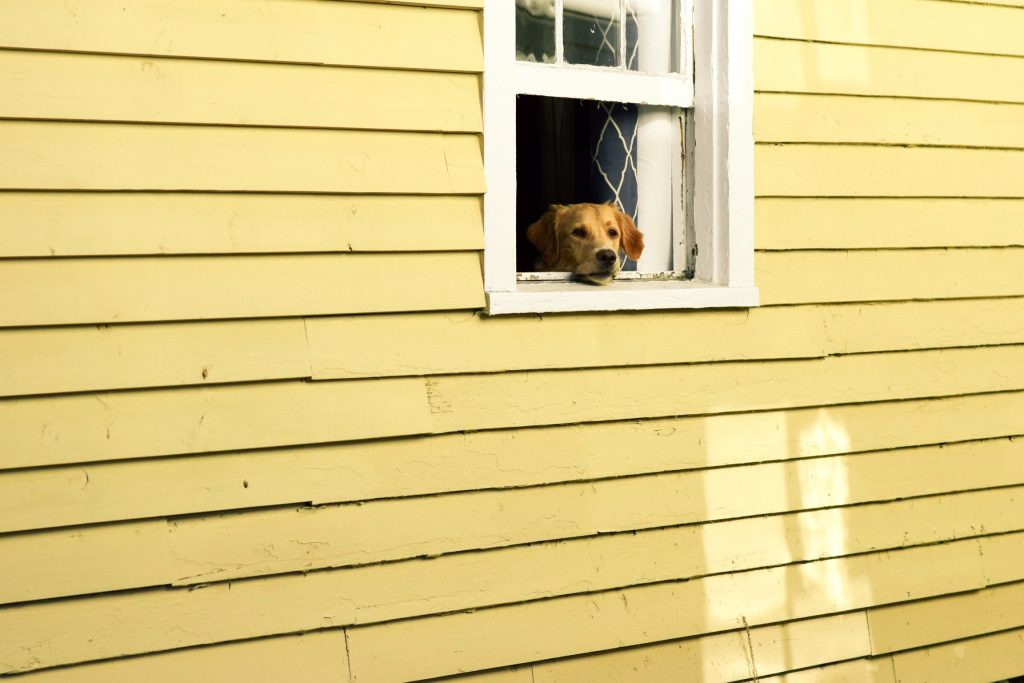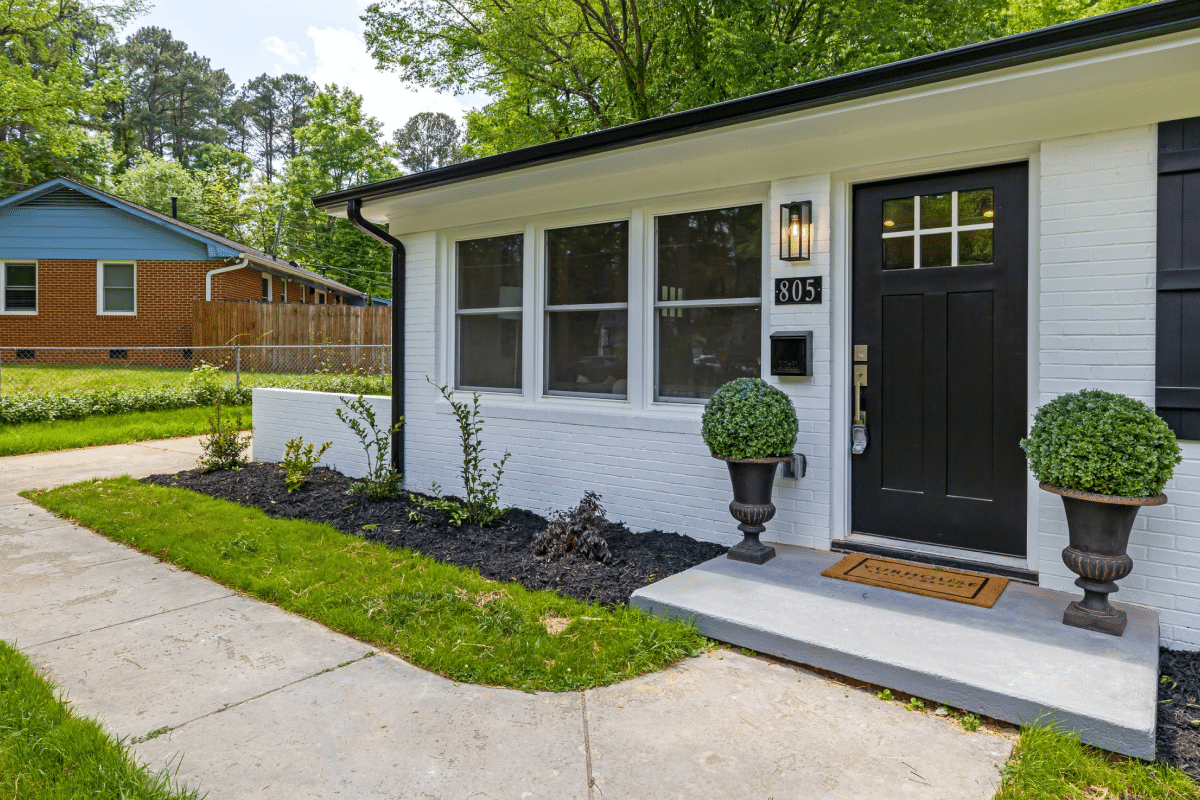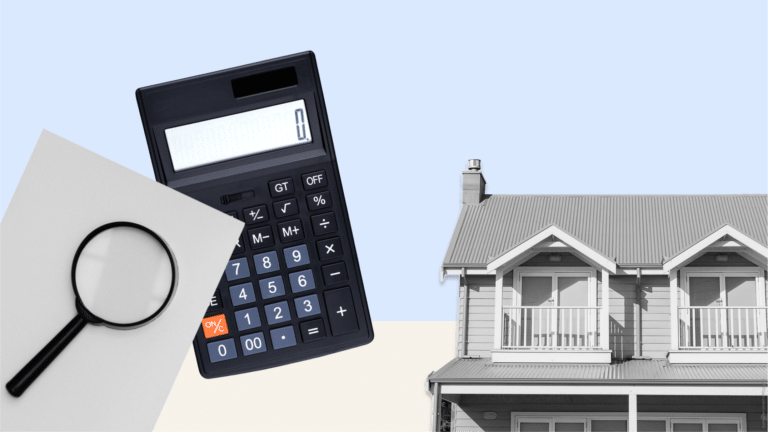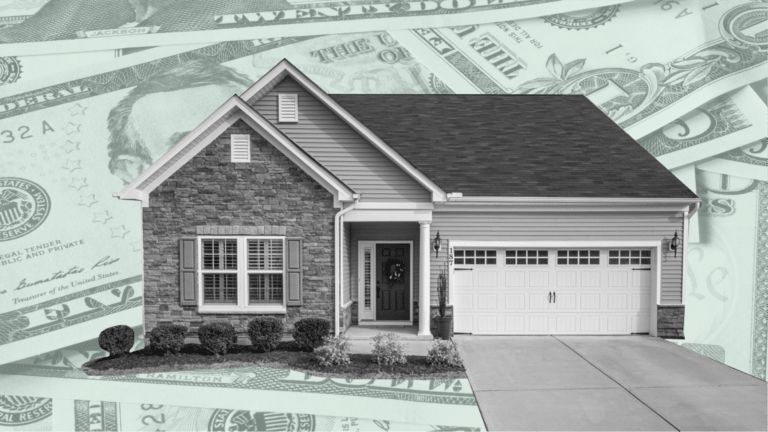Being prepared for emergencies and natural disasters is important for everyone, of course.
Fires, floods, and other natural disasters can happen anytime and impact entire communities.
As a homeowner, your emergency preparedness to-do list is a bit different than it was when you were a renter. If you’re new to the homeownership game, we’ve got some disaster preparedness tips just for you.
1. Know the Risks in Your Area

It doesn’t matter if you’ve moved to a new state, a new town, or just a new neighborhood. Your first order of business: make sure you understand the natural risks you and your new home might face.
Remember, you don’t need to prepare for every possible Hollywood-disaster-film scenario you can imagine. Common sense will probably help you narrow down the possibilities you might actually face. Folks in land-locked Iowa probably don’t need to worry too much about hurricanes.
That said, you could be surprised at the potential hazards to be found near you. Some folks in Washington and Oregon live nearer to potentially-active volcanos than they realize. Charleston, South Carolina is as seismically active as Los Angeles. Tornadoes have touched down in downtown Atlanta, Nashville, Minneapolis, and Pittsburgh in the last decade.
When you’re thinking about how to prepare for natural disasters, don’t forget to consider localized potential issues, like wildfire, flooding, or landslides. A small flood may not destroy an entire city or make the national news. But it can definitely do some serious damage to your house.
2. Learn Your Area’s Evacuation Routes

The time to figure out the best way to get out of dodge is probably not when a disaster is imminent. Check with your local or state emergency planning offices about recommended emergency evacuation routes from your home. It’s worth noting that the best route may not be immediately obvious, especially if you’re new in town. Recommended routes sometimes snake through residential or lower-use commercial areas on their way to larger highways.
If you live in a state that borders an ocean, chances are good that coastal evacuation routes are marked with special signage along streets and highways. Coastal evacuation signs are usually blue and white. If you spot one, make a mental note of what evacuation signs look like in your area. Knowing what they look like will make them easier to spot if you ever need to follow the signs to safety.
3. Develop a Home Exit Plan with Your Family

So now that you’re in a new home, one of the first priorities is to plan an exit strategy. In a fire situation, time is of the essence.
Ideally, you should have two separate paths out of each room in your home. You probably don’t need to actually climb out all of the windows in all of the rooms of your home. But you should check to make sure that it would be possible for every member of your family to do so. If you have security bars covering a potential exit window, have them removed or make an alternative exit plan. If you need extendable ladders to potentially escape second-story windows, get them as soon as possible. And if you’ve got family members with mobility issues, consider what extra steps or help they may need to leave your home safely and as quickly as possible, should the need arise.
Once you’ve got a plan together, make sure every member of your household knows how to follow it, including—and especially—children. A few family fire drills probably won’t hurt.
Be sure to select a nearby meeting spot where everyone will gather once they’re out of the house. And choose an emergency contact person (preferably someone who lives in another area code) that everyone knows to contact to let the rest of the family know they’re safe, should your family wind up separated during an emergency.
4. Prepare Your Emergency Supplies

As a homeowner, you probably don’t have to fit all of your groceries on a designated shelf in the shared fridge or fight over storage space in your common areas any more. Even if your home isn’t huge, it is all yours. And that means you should dedicate some small area in your home for emergency supplies.
Ideally, you should have two kinds of emergency supplies ready: stuff to take if you need to leave in a hurry, and stuff that sustains you if you’ve got to shelter in place for a bit.
Some people really get into planning and packing the perfect go bag. If you’re so inclined, there are tons of resources and specialty stores that will happily sell you the latest and greatest in survival gear. Dehydrated meals, personal water desalinization systems, the works. But know that having even a little bit in the way of supplies ready will put you ahead of the curve.
At the bare minimum, it’s a good idea to have a portable bag or backpack with water, non-perishable food, and copies of important documents packed and ready to go at all times. Add a flashlight, a hand crank radio, some first aid supplies, cash in small bills, and a map of your local area, and you’ll be in better shape than most people. Don’t forget to pack vital medications.
For sheltering in place, your goal is to have the necessary supplies on hand and ready to go should you need to stay in your home without utilities any day of the year. So, at a minimum, you’ll want to have enough water and non-perishable foodstuffs to keep you and your family going for several days. Your exact supply list will depend on the time of year and the climate in your area, of course. In cold climates, having a fireplace but no firewood could be a very serious situation if a winter storm knocks out power and blocks the roads for a few days. In a hot place, chemical cold packs or just a hand-held fan could be a lifesaver.
Once you put together your emergency supplies, don’t forget to check and rotate the foodstuffs regularly. Those granola bars are good for quite awhile, but they won’t be good forever.
5. Don’t forget About Four-Legged Family Members

If you’ve got pets, remember that you’ll need to plan for their well-being in an emergency, too. Pack some pet food in the emergency supply bag. Keep carrying bags or leashes in a designated area. Decide which family member will be responsible for putting Fluffy in the carrier, should you all need to leave your home quickly.
(Hint: make it clear to your children that in an emergency, they should get to safety and let the adults worry about the pets.)
Find out if pets can come to your local shelters in the event of an evacuation. Leaving your pet at home in an evacuation scenario should be an absolute last resort. But if you have no other choice, make sure your pet has a collar with your contact information. And don’t leave pets tied up in yards where they can’t seek higher ground or a safer location. Microchipping your pets. And carry a recent photo of you with your furry friend. Having a photo to circulate will make it easier to be reunited if you get separated.
6. Learn How to Turn Off Your Own Utilities

Now that you own the place, you’ve got to know where to find the shutoff valves and emergency off switches for your water, gas, and electric lines.
Turning off a water line quickly could be the difference between cleaning up a flooded bathroom with towels or cleaning up the mess with buckets. If you live in a warm climate, the main water valve is probably on the outside of your home. In a cold climate, your water valve is probably in the basement. Your shut off valve may be near your water meter, or possibly near your water heater. Usually, water valves have knobs that can be turned manually, without tools. Most of the time, ‘off’ is going to be clockwise, not counter-clockwise. (‘Lefty-Loosey, Righty-Tighty’ usually applies.)
The main electric shut off switch should be one of the options in your circuit breaker box. (It’s usually up at the top of all the switches. Hopefully, all of the switches in your circuit breaker box are labeled clearly. If not, that’s a project worth tackling. Remember to switch off individual circuits first before throwing the switch for the whole thing. That way, you’ll be less likely to blow a fuse when you turn the power back on.
The gas to your home probably the trickiest utility to turn off. You probably won’t ever need to turn off your own gas unless there is an immediate, pressing need to do so—you smell gas, hear a gas leak, have done some major structural damage to your home, or your home is in immediate danger of catching on fire. You’ll need a wrench to kill your gas line and a professional to turn it back on.
7. Be Ready for the Aftermath, Too

Many people focus all of their disaster preparedness efforts on getting ready for whatever the big event is, without thinking too much about what comes next. So take a little bit of time to think through what you’ll need not just in the minutes and hours leading up to a disaster or emergency, but what you’ll need to do in the days and weeks after.
For example, you’ll want to have the details of your insurance policies and the contact information for your insurance agents at the ready. Call your insurance company as soon as you can. Save receipts for lodging or repair supplies: your insurance company may reimburse you. If not, those expenses may be tax deductible.
Your insurance company may want photos of damages. If you can, take photos or videos of your home before the disaster happens, for comparison.
When you’re building up your emergency supplies, think about things that might be useful to have on hand for temporary or short-term repairs. Plywood may be difficult to procure when a hurricane is on the way, and impossible to find after. A heavy tarp is no replacement for a roof, of course. But having one to cover a large hole in your roof for a few days or weeks will be better than not having one.
8. Offer Help in a Time of Need

When the emergency is over, check in on your neighbors. One of the great perks of homeownership is putting down roots in a community. The people who live near you are a huge part of that. Natural disasters and other emergencies may take their toll on buildings. But they can also bring communities together in ways that make them even stronger.
It’s also worth noting that while large aid organizations may send volunteers and professionals to help in times of crisis, most of the folks on the ground first are locals. If you want to be ready to help your community in an emergency, there are plenty of ways to do so. FEMA and other governmental and non-profit organizations offer training in emergency preparedness. Learning basic first aid or CPR could help you save someone’s life in a crisis. You could consider joining a Community Emergency Response Team or volunteering with a local branch of the Red Cross or other emergency response organization.
For more tips and advice on disaster preparedness, check out the links below. You’ll sleep a little bit better at night knowing that you and your family are prepared for whatever Mother Nature sends your way.
READY.GOV
U.S. Geological Survey
Federal Emergency Management Agency
National Safety Council
American Red Cross






